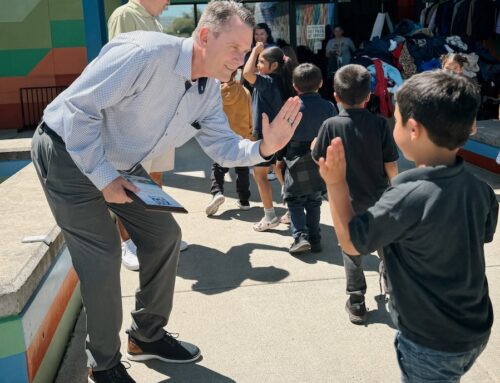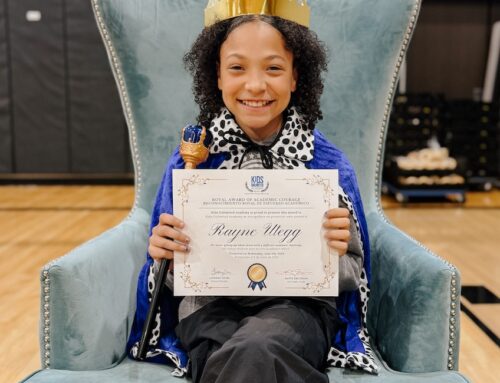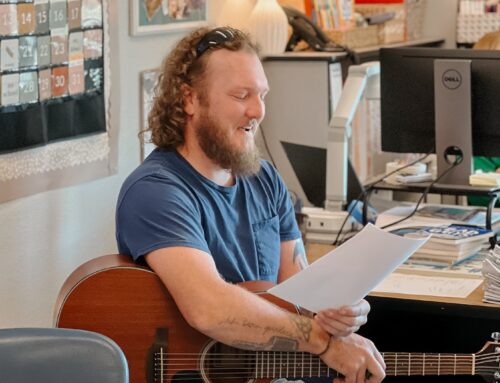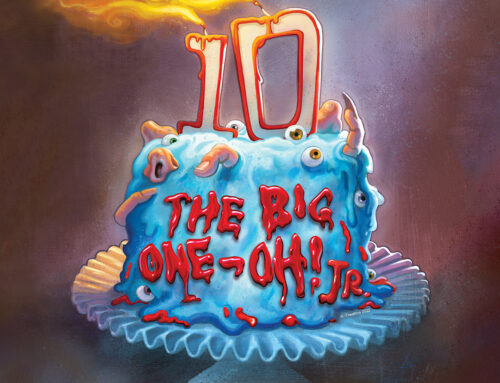Strong evidence for the science behind reading has emerged at Kids Unlimited Academy.
KUA’s new curriculum for English language arts is grounded in understanding English letter sounds, how to put them together and how the brain processes these components into words. Less than six months since implementing the new curriculum, KUA teachers say they are seeing impressive results, even among the school’s youngest students.
“It’s just incredible the difference between last year and now,” said KUA kindergarten teacher Rose Alvarez.
Alvarez’s students and KUA kindergarten counterparts were reading short sentences before winter break. That skill, in previous years, wasn’t mastered by kindergartners until the end of the school year, said Alvarez.
Teachers and education experts credit a return to teaching phonics, as opposed to whole language comprehension, for student success. The common approach to reading instruction across the nation over the past 25 years resulted in 65% of all fourth-graders failing to learn to read at grade level, according to the National Assessment of Educational Progress.
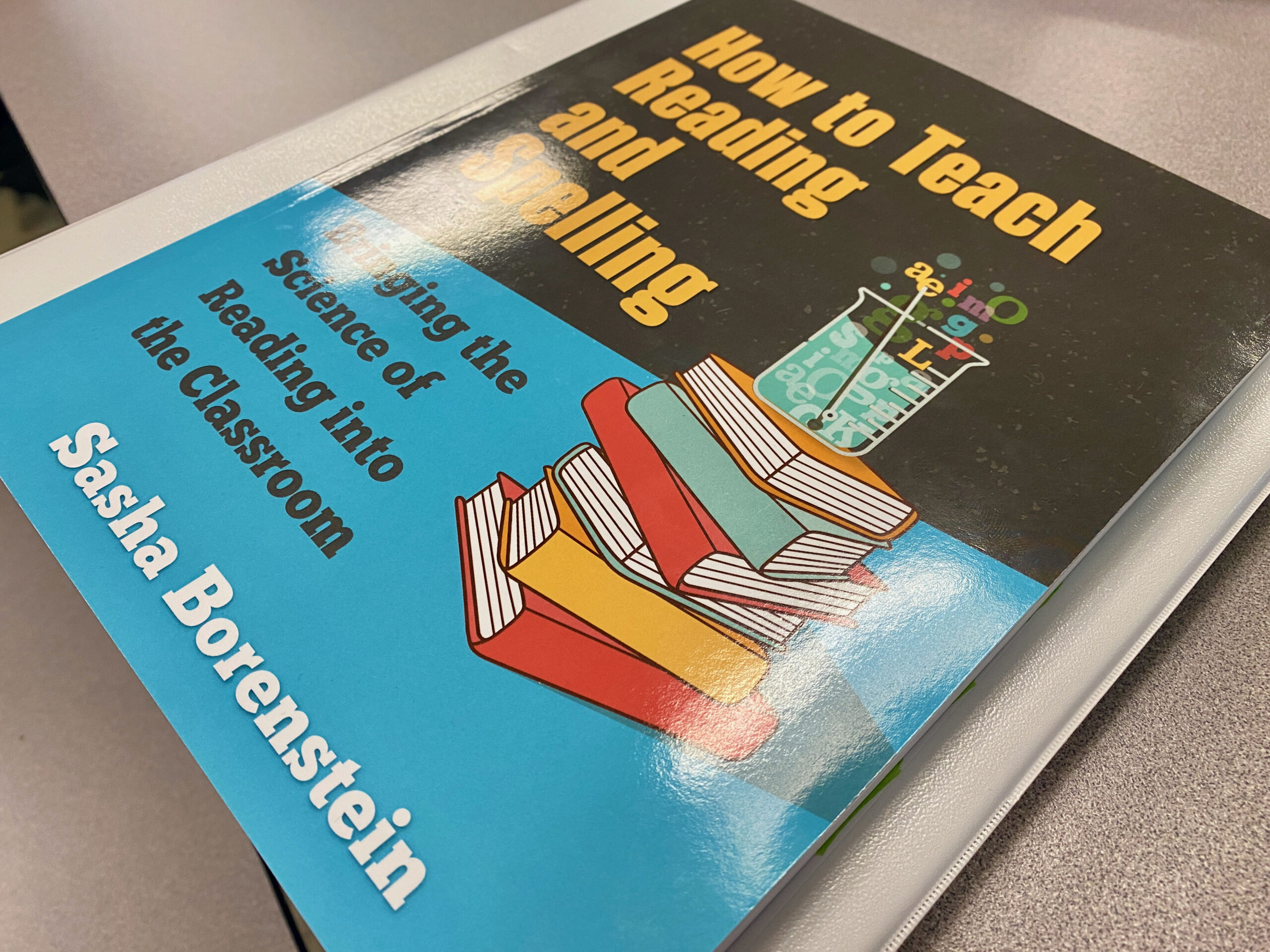
One antidote is “How to Teach Reading and Spelling,” a book published in 2021 by longtime Southern Oregon resident Sasha Borenstein. A Jan. 4-5 webinar with the author took KUA teachers on a deep dive into the science of reading.
“It also talks about how the brain works,” said Alvarez, who attended the professional development session organized by Southern Oregon Education Service District.
Through strong teacher training and support, said Borenstein, the scientific approach to reading can achieve literacy and spelling skills in 95% of all students, regardless of age, socio-economic status or other barriers to learning. An educational consultant who teaches teachers, Borenstein worked in Oregon special education and literacy for about 50 years.
The science of reading builds skills that are the bedrock of reading and spelling words. The technical terms are phonology, orthography, morphology and etymology. Collectively, they compose a system based on humans’ recognition and replication of sounds that constitute language.
Students combine sounds to create words, even nonsense words, which help kids to understand the mechanics of language, rather than relying on their memories of words, said Borenstein. Techniques for understanding and creating words include segmenting and isolating letters and sounds, as well as adding, deleting and blending. Segmenting, or breaking up sounds, helps students to spell more efficiently while blending — combining sounds without any space between — helps them to read more efficiently, said Borenstein.
Sounds can be simple or complex. First-grade students usually work on one-syllable words, second graders on two syllables and third grade and older on three syllables. Teachers need to craft their lesson plans around letters whose sounds have been taught before moving on to new letter sounds that form new words. Letter tiles can help students move sounds around to make new words, and a personal white board allows them to erase and write new letters to create chains: “slip-lip-lap-rap-rat” or “met-mat-sat-sag-sog.”
“I just love it because it’s always stimulating to them,” said Alvarez of the KUA reading curriculum.
Language learners eventually learn to recognize and replicate prefixes, suffixes, root syllables, the origins of words and spelling patterns. And as with any discipline, students will progress at a fast, slow or medium pace, said Borenstein. But every time a new idea is taught, it’s integrated with everything that came before it, so kids who didn’t get it the first time aren’t left behind, she said.
“Everybody needs review.”
In addition to teachers, parents can guide their children and adolescents toward becoming more thoughtful, engaged readers and spellers using Borenstein’s book, available on Amazon. The author said throughout her career she, unfortunately, has met many students as old as high and beyond who are non-readers.
“To me, that isn’t OK.”

